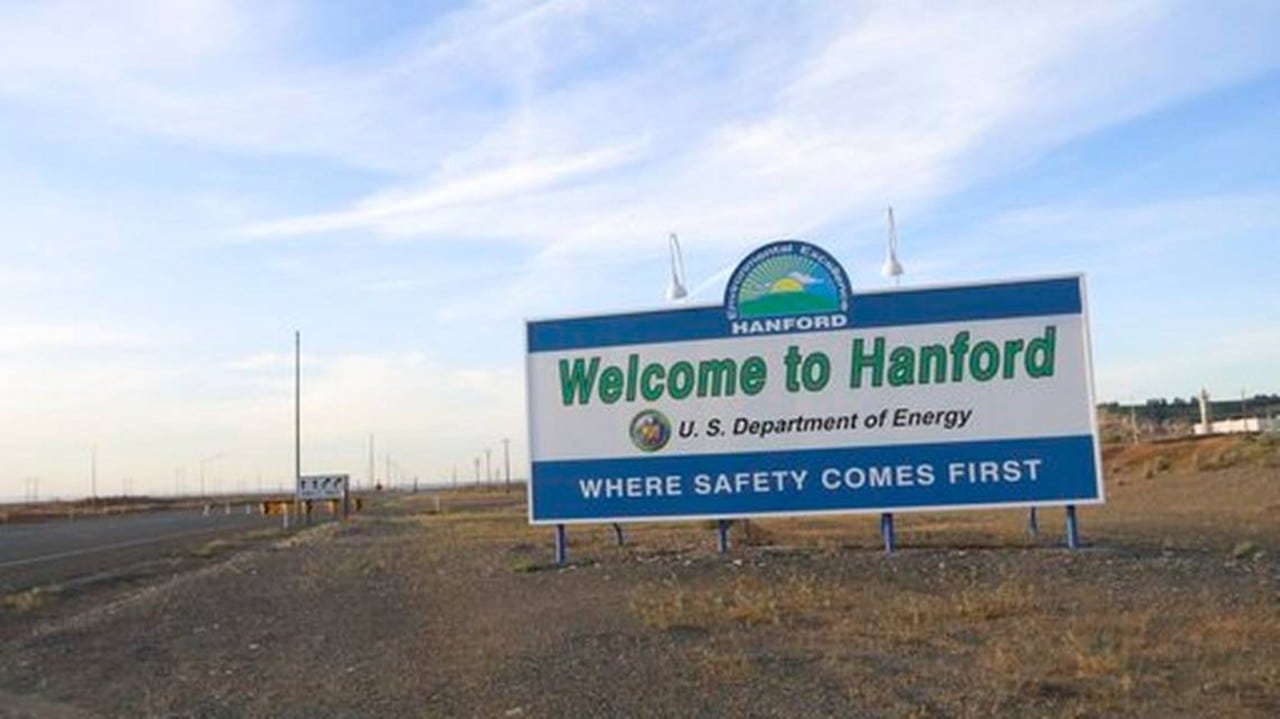
Weapons Complex Monitor Vol. 35 No. 6
Visit Archives | Return to Issue PDF
Visit Archives | Return to Issue PDF
Weapons Complex Monitor
Article 1 of 11
February 09, 2024
Hanford gradually overcoming hurdles toward making glass, panel told

Department of Energy contractors at the Hanford Site in Washington state are making headway on remaining problems before crews can start turning some less-radioactive tank waste at the property into a solid glass form, the Hanford Advisory Board heard Tuesday.
After…
Partner Content